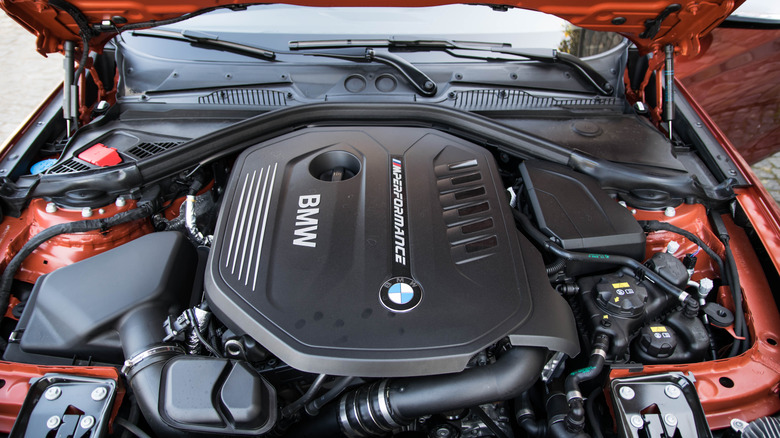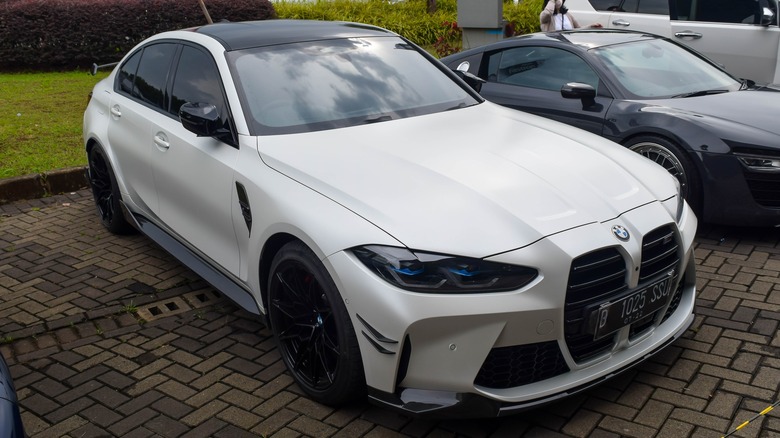B58 Vs. S58 - What's The Difference Between These BMW Engines?
The BMW B58 and S58 are variations of the same engine, but have some key differences. As you might've gathered by the name, the S58 is the newer iteration that first powered the BMW X3 M and X4 M in 2020. The big change from the B58 to the S58 is the newer one is beefier with higher horsepower and torque, but it doesn't mean you have to rush out and perform a swap.
As it stands, the BMW B58 is a reliable engine — it's arguably one of the most reliable engines BMW has ever developed. It debuted in 2015, and remains a very solid option today. If you're somebody who wants to get the most performance out of their car as possible, the S58 is a more-than-worthy upgrade. This variant was released in 2019, and it's essentially a high-output version of the B58 that added in a second turbocharger, as well as a few other upgrades. If you're looking to get the best performance, the S58 is a great option, but swapping out a B58 might not be your best bet.
Ultimately, it'll come down to how you want to use your car. With the S58 geared more as a performance-based engine, you might find the B58 feeling like a better engine for daily drives. The S58 takes the edge at the top end, but not everybody will need that type of power.
What are the major differences?
Both the B58 and S58 are turbocharged inline-6 engines. While they are the same engine type, the S58 outclasses its B-variant in numerous ways. Where the B58 outputs up to 382 horsepower, the S58 can do 503 horsepower. The torque for the B58 is 332-369 pound-feet compared to 443 pound-feet for the S58. On top of all that, the redline for the S58 is higher at 7,200 rpm — compared to 7,000 rpm. All of this adds up to make the S58 the better option for the performance chasers.
Despite the increased specs, there's a lot of debate about whether a straight swap from a B58 to an S58 is worth it. Not everybody is a fan of the S58's sound, which could be a trade-off of the twin turbocharger. You can help mitigate that problem with aftermarket downpipes, but that's just adding more to the price.
Speaking of price, the costs of these engines aren't exorbitant. Prices of the two vary by where you're looking, but you should be able to get away with spending somewhere around $10,000. The B58 is the cheaper of the two engines as well. While they are pricey, the numbers pale in comparison to the Hellephant engines. For what might be the best two inline-6 engines on the market, those are solid prices.

